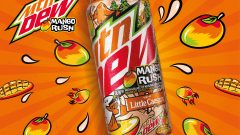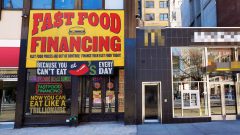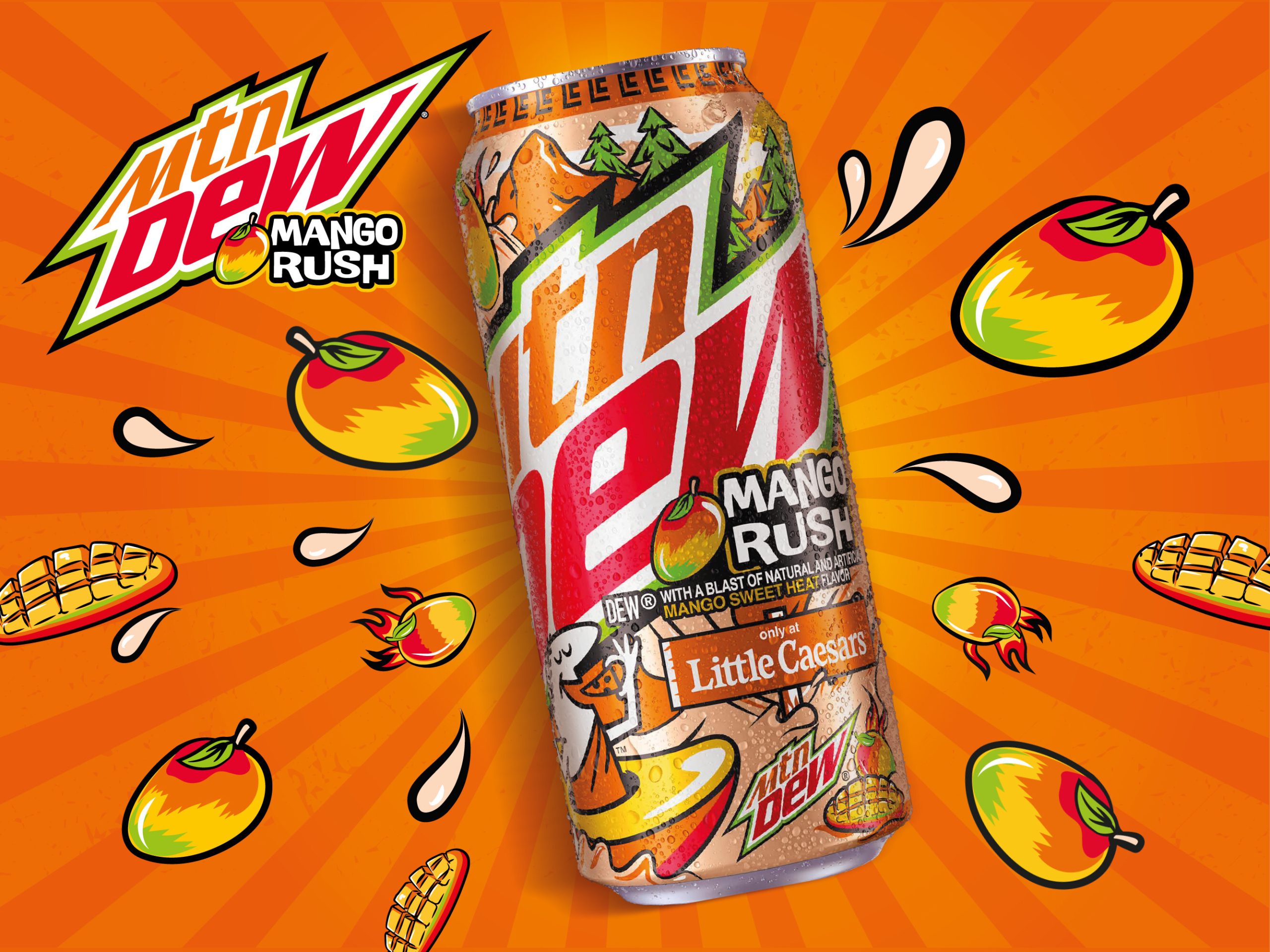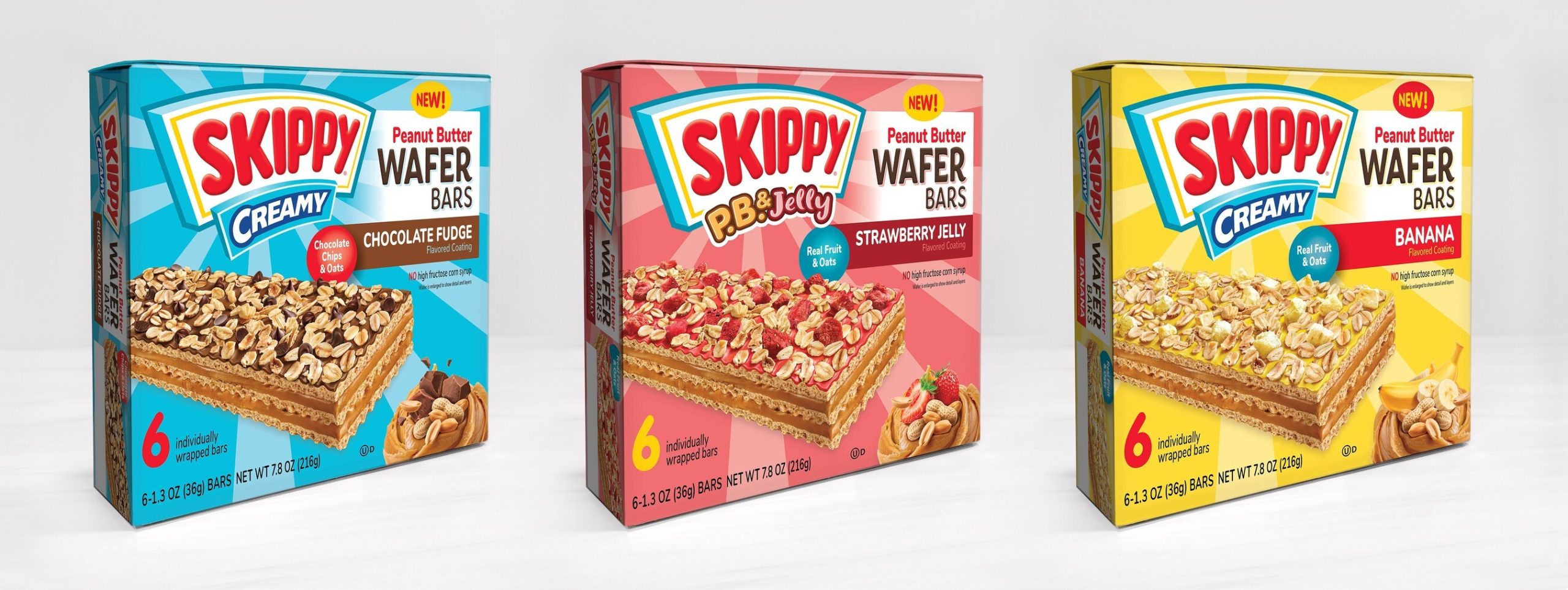Be Your Own Burger King, Starting a Fast Food Franchise in 4 Steps
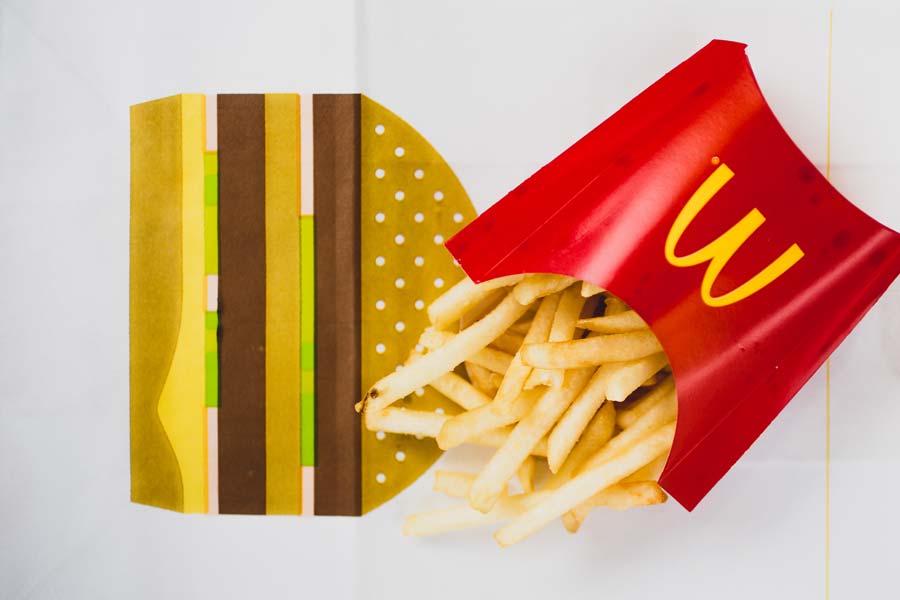
So you like fast food.
For anyone who has loved fast food so much that they wanted to turn that passion into a livelihood, maybe investing in a franchise isn’t the worst idea in the world. That’s, of course, if you don’t mind burgers, fries and shakes becoming a sizable part of your life.
Sure, it’s tough knowing where to begin. That’s why we did our best to sum it up in a few easy steps.
1. Money

If you’re planning to purchase a franchise, prepare to shell out big bucks. Sure, some will cost you anywhere from $10,000 to $50,000 in fees. If you want a piece of one of the bigger fast food chains, however, prepare to spend close to $1 million in liquid assets.
Whether you’re a seasoned investor-restaurauteur looking for another means of income or you’re an opportunistic fast food enthusiast looking to purchase your first franchise, save up. The three most common financial terms you’re going to hear are franchise fees, liquid assets and net worth.
Hearing the term “net worth” might discourage you from exploring franchises, but it’s actually not that scary. To find your net worth, add up all your assets and deduct your liabilities. Pretty much it is what you own minus what you owe. You can calculate that here.
Of course, each restaurant will vary on the ways they handle things. While the larger places will require a hefty net worth, others will be more than happy with just a fee and a good personality. Others, they’ll just take the cash upfront.
2. Apply
Most fast food companies will have tons of information on how to invest in a franchise directly on their websites. They’ll give you hard facts and requirements on what it takes to be a part of their brand.
Anyone who’s done hard time will probably find it more difficult to qualify for a franchise than someone who hasn’t. But, hey, don’t let that stop you.
Expect a full background check on your entire identity. This includes credit score, employment history, etc.
Sure some franchises will take more diligent measures to inspect the history of one of its applicants more than others. Regardless, try your best to look spotless if ever looking to invest.
Prepare to fight for your franchise. Franchisees usually go through extensive interviews. Multiple times. If you want to own a McDonald’s or Jack in the Box, you have to show you want it. Just having the money isn’t enough.
3. Build

Once approved by the company, you’re set to build your future. Usually, a list of contractors will be provided for franchisees to choose from. It is, however, up to them to find the one they’re happy with and hire them. Scout for your perfect locations, within your budget.
Expect at least four months of construction before your franchise is complete. Stay in the loop and in communication and remain wary. It’s your franchise, it’s your investment, it’s your name on the line.
4. Have fun with it, playa

It’s not over once your franchise is up and running. It’s just begun. Now it’s up to you not to burn it to the ground (metaphorically and literally).
Most franchisees must adhere to specific rules provided by the fast food chain they’re managing. Though that doesn’t mean you can’t add your own charm and personality to the community you’re representing. Prepare to train for months after your restaurant has completed construction. You want to get everything right before the big opening day.
Franchises help franchisees properly train their employees to meet the expectations of the company.
We spoke to a franchisee, Paul Homayoun, for Dog Haus, the gourmet hot dog QSR, which has locations in California, Utah, Colorado and Arizona. While most franchises recommend a history of working in restaurants, Paul had none.
Paul told us he went into the Dog Haus franchise for multiple reasons.
I was actively looking for a business that would have a steady stream of return on investment that was not directly related to real estate or the stock market. The food industry is one of the few industries that can endure a slow real estate or stock market due to the simple fact that people have to eat regardless of how good their 401k plan is doing.
I was looking for something new and exciting that did not require reinventing the wheel. I could not see myself starting a restaurant from scratch, coming up with the menu and I could not see myself running, for example, a Subway. Dog Haus is not only relatively new, but also has a very hip and cool persona that was very attractive to me.
Most importantly, my family and I loved the food.

Now that Paul had the drive to purchase a franchise, he describes the steps he took to making it a reality.
It was relatively easy: I had to sign disclosures, fill out a personal financial statement and got interviewed by the partners to see if my goals and attributes where in line with the franchise owners. As to construction, being that I came from the real estate and construction background, it was easy for me to find my first location and start building it out.
Of course, the owners and employees of Dog Haus made it as simple as they could (keeping in mind that this was the first franchise they had done) and were there at every turn assisting me and helping put it all together. Once the construction was complete, they literally all rolled up their sleeves and were at my store making sure that I was trained in the right way.
Finally, now that the Dog Haus franchise is his, Paul explained what keeps him motivated:
It is fun running a Dog Haus. I have become some sort of celebrity in my community and it feels good serving my community an awesome experience while making money doing so.
To get the corporate side of franchising, we spoke to Quasim Riaz, a co-founder of Dog Haus about what the company looks for mainly in franchisees. Most important was how they would represent the brand.
After multiple meetings, you get a feel for someone. There have been times where we didn’t feel the fit was right, or the potential franchisee backed out. Typically, you get a feel for somebody and you know what you’re getting into.
According to Riaz, there’s only one major difference between franchises and company-owned restaurants.
There’s one major difference and that’s design. Our first three stores, there’s a certain feel and uniform look to it, but with the franchises it’s different. The overall feel is the same, but each franchise location varies in design.
There you have it. To anyone interested in purchasing a franchise, it’s not as impossible as you may think. You just have to have the money, patience, drive and dedication to pull it off.
Now get out there and buy that Taco Bell, or whatever. DLTs for life.


